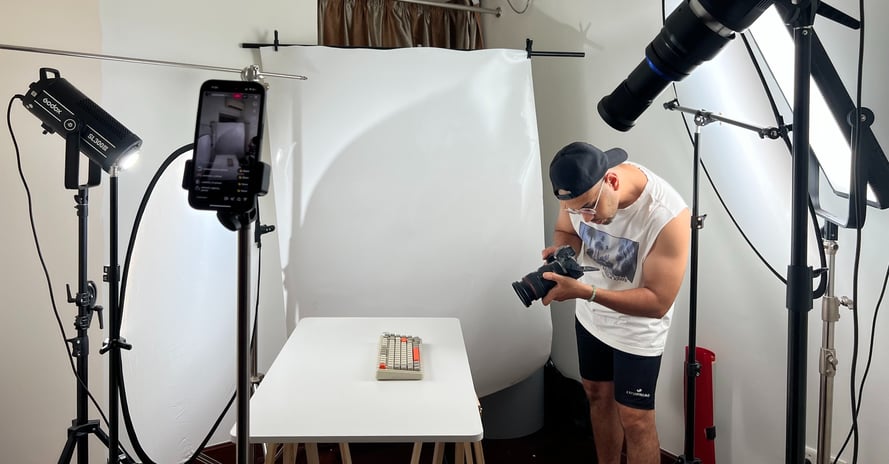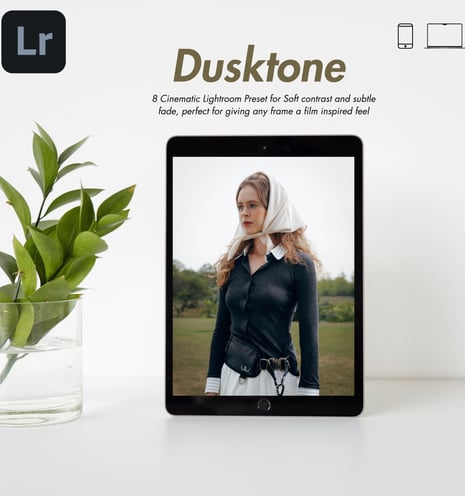How to Price Your Photography Services Like a Pro (And Get Paid What You’re Worth)
7/2/20255 min read


Pricing is one of the biggest struggles photographers face. Charge too little, and you’re drowning in underpaid work. Charge too much without confidence, and clients hesitate. After years of trial and error from small gigs to commercial campaigns I’ve cracked the code on pricing strategies that actually work.
Here’s my no-BS guide to pricing your photography services profitably.
Stop Trading Time for Money
Most photographers start with hourly or day rates, but this model has a fatal flaw:
it punishes you for being good.
Think about it:
If you’ve spent years mastering lighting and editing, why should you earn less for working faster?
Clients don’t care about your hours—they care about results (a stunning brand gallery, higher engagement, or sales-driving product shots).
The shift: Charge for outcomes, not just time.
The True Power of Pricing
Pricing isn’t just about covering costs it’s about crafting perception.
Your price sets the stage for how clients see you. Set it too low, and even exceptional work gets dismissed as amateur. Set it too high without justification, and you risk alienating potential buyers. But when you price with confidence, strategy, and precision? That’s when you command respect. You’re not just selling a service you’re offering an experience worthy of investment.
Smart pricing answers the three silent questions every client asks:
Can I trust this photographer to deliver excellence?
Is this investment worth the value I’ll receive?
Are they in enough demand that I should book now, not later?
Why Time-Based Pricing Holds You Back
Hourly and daily rates are where most photographers start they’re comfortable, predictable, and easy to calculate. But comfort comes at a cost:
Hourly rates reward slowness, not skill The faster and better you get, the less you earn for the same quality of work.
Daily rates trade clarity for convenience Unclear scopes, endless tweaks, and no upside for delivering exceptional results.
Both approaches measure the wrong thing: your time, not your impact.
Clients don’t buy hours they buy transformations.
A stunning portfolio that attracts dream clients.
A brand campaign that triples engagement.
A single image that becomes iconic.
When you charge for time, you commoditize your talent.
When you charge for value, you get paid what you’re worth.
The question isn’t "How long will this take?"
It’s "What’s this worth to you?"
The Shift to Value-Driven Pricing
Time-based billing is a trap. The more skilled you become, the less it rewards you.
Two Better Ways to Price Your Work:
Fixed Fee Pricing
A set price for a defined deliverable
Eliminates scope creep and invoice anxiety
Positions you as a strategic partner, not a vendor
What to specify:
✔ Exact number of final images
✔ Shoot details (location, duration, crew)
✔ Revision limits
✔ Clear usage rights
✔ Change order triggers
Outcome-Based Pricing
Align your fee with the client's business results
Charge based on how the images will be used (website vs. national campaign)
Premium pricing for high-value applications (advertising, packaging, investor decks)
Why This Works Better:
Clients pay for certainty, not hours
You earn more as your expertise grows
Both parties focus on quality over clock-watching
Example:
A $5,000 fixed fee for 20 hero images (website/social use)
vs.
$25,000 for the same shoot when images will run in nationwide advertising
Key Mindset Shift:
You're not selling photography - you're selling business outcomes. Price accordingly.
This approach transforms you from service provider to value creator - with fees that reflect your true worth.
New chat


Mastering Fixed Pricing: A Strategic Transition
Shifting from hourly rates to fixed pricing isn’t just about changing numbers it’s about redefining how you sell your work. Done right, it increases your earnings, simplifies client negotiations, and positions you as a premium creative partner.
Step 1: Define the Scope with Precision
Before quoting, ask these key questions to eliminate guesswork:
"What’s the ultimate goal of this shoot?" (Brand awareness? Product launch? Personal branding?)
"How many final images will you need?" (5 hero shots vs. 50 catalog images = very different pricing)
"Where will these images be used?" (Social media vs. billboards vs. global ad campaigns)
"How many looks/locations are involved?" (More setups = more time, styling, and complexity)
"Will there be advanced retouching or special edits?" (Basic color correction vs. heavy compositing)
"Is this for a one-time campaign or unlimited usage?" (Limited-time vs. perpetual licensing affects value)
Step 2: Build Your Fixed Fee with Confidence
Your flat rate should account for:
✅ Creative Expertise – Your unique skill, not just hours
✅ Production Costs – Gear, assistants, location fees
✅ Usage Rights – More exposure = higher fee
✅ Client Impact – How much will these images do for them?
Example:
Basic Package ($3,500): 10 final images, 1 location, web/social use
Premium Package ($8,500): 25 images, 3 setups, print + digital licensing
Enterprise Tier ($15,000+): Full campaign with exclusivity & high-impact usage
Step 3: Present Pricing as an Investment, Not a Cost
Clients don’t resist high prices they resist uncertainty. When you clearly tie your fee to their ROI, objections fade.
Instead of:
"My day rate is $1,500."
Say:
*"For $6,500, you’ll get 15 high-impact images tailored for your rebrand ensuring consistency across your website, ads, and investor materials. This package eliminates guesswork and delivers exactly what you need to stand out."*
The Result?
You earn more (without working more)
Clients trust you more (clear expectations = happier clients)
Your brand elevates (you’re seen as a pro, not a commodity)
Fixed pricing isn’t just a change in billing it’s a shift in how you’re valued. Start structuring your offers this way, and you’ll never compete on price again.


Film-Like Tones
Soft contrast, faded blacks, and subtle grain to give your content a true cinematic feel.Color Grading Built for Storytelling
Enhance mood and emotion with tones that bring your visuals to life whether it’s moody, warm, or futuristic.One-Click Transformation
Instantly apply a polished, professional look without complex adjustments.Use on Lightroom Mobile or Laptop
Fully compatible with Lightroom Mobile (free version) and Lightroom Desktop (Laptop) edit seamlessly on the go or at your
Dusktone | Cinematic Lightroom Preset
Outcome-Based Pricing: Charge for the Transformation, Not Just the Photos
Most photographers undercharge because they sell images but clients pay for results.
Outcome-based pricing flips the script:
You’re not just a vendor you’re a growth partner. Your fee reflects the tangible impact your work creates.
When to Use Outcome-Based Pricing
Best for commercial, branding, and business clients where your images directly influence:
✔ Revenue (e-commerce, ad campaigns)
✔ Funding (startup pitch decks, investor materials)
✔ Authority (personal branding for speakers, executives)
✔ Market Positioning (luxury brands, product launches)
Example Scenarios:
A tech startup secures $2M in funding using your hero shots in their pitch deck → Your images contributed to that success.
A skincare brand’s conversion rate jumps 30% after your product photos go live → Your work moved the needle.
How to Structure It
1. Tie Fees to Client Goals
Ask: “What does success look like for this project?” Then price based on:
Usage Scale (local vs. global campaign)
Business Impact (sales lift, leads generated)
Exclusivity (limited vs. unlimited licensing)
2. Pricing Models That Work
Base Fee + Performance Bonus
Example: $5,000 flat rate + 10% bonus if the campaign drives over 50K in sales.Tiered Licensing
Example: $3,000 (web/social) vs. $15,000 (national print/billboard).Equity/Revenue Share (For startups or long-term partners)
Example: Reduced upfront fee + 2% of first-year sales.
3. Protect Yourself
Define success metrics upfront (e.g., “Bonus triggers if sales exceed X”).
Put terms in writing usage rights, bonus conditions, and renewal fees.
Why This Works
Clients see you as an investment, not a cost.
You earn more as their business grows (scalable pricing).
Builds long-term relationships clients who succeed with you will rehire you.
The Mindset Shift
Stop saying: “Here’s what it costs to take these photos.”
Start saying: “Here’s what it’s worth to have photos that achieve ............. for your business.”
Outcome-based pricing isn’t just about making more money it’s about making your work worth more.
